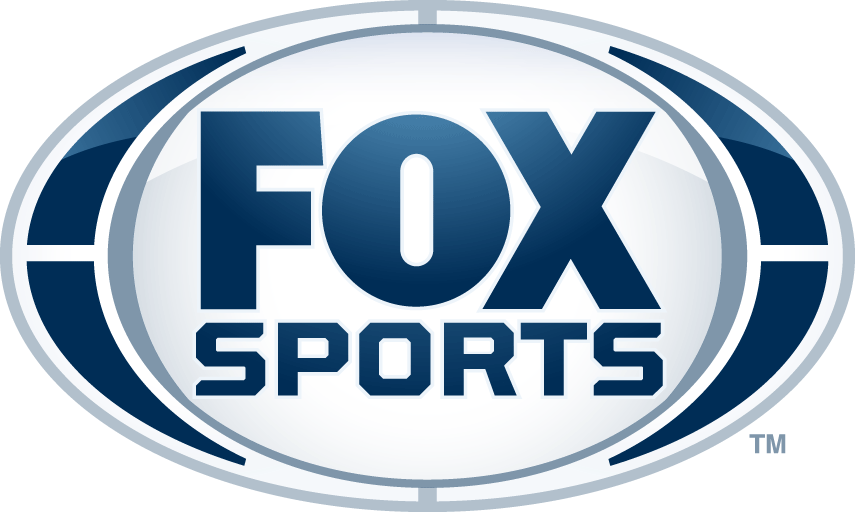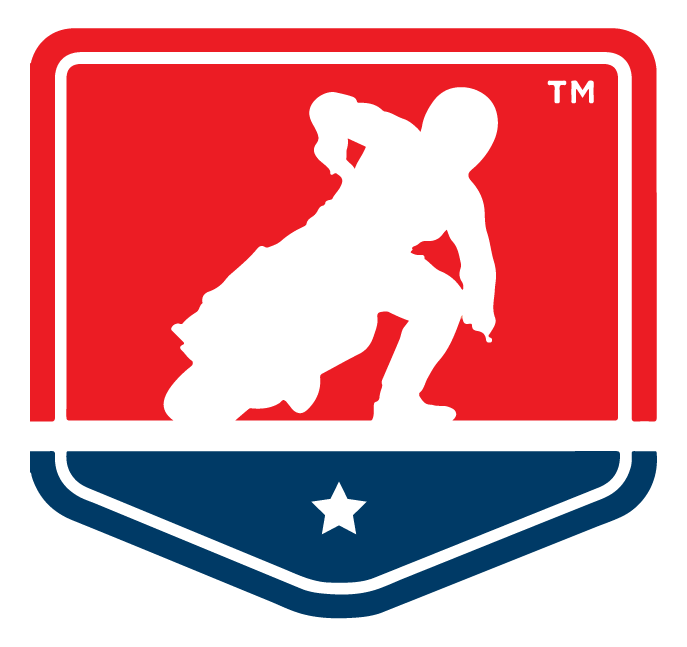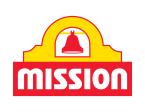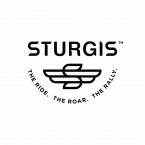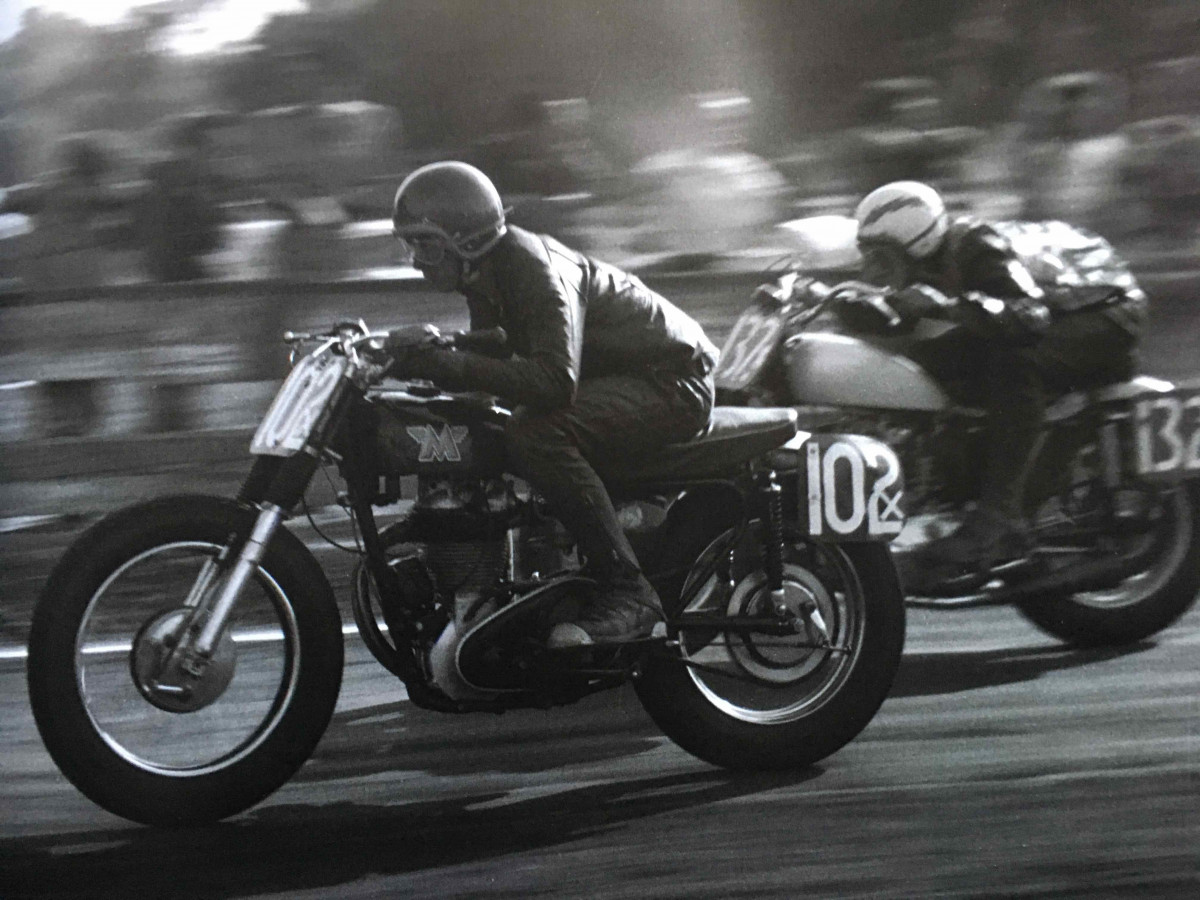
AFT Retro File: Malcolm Smith’s Dirt Track Roots – Part II
Webmaster’s Note:
When we left Malcolm Smith in the previous episode, he’d just had a horrific crash with a buddy and was hanging from a pepper tree, his left leg compound-fractured and pointing toward his head, his left foot resting on his chest. His lower leg was busted in three places, his femur in two, and once at the hospital doctors worried he might actually lose the leg. His mother was hearing none of that, and quickly moved him to another hospital where she contacted a young doctor named Fellowes who specialized in bone grafts and major reconstruction. Malcolm would have four surgeries over the next several weeks, one of which placed a long steel rod through his femur, the other three dealing with his shattered lower leg and involving several painful bone grafts.
After six weeks in the hospital, Malcolm went home in what amounted to a lower-body cast, which forced him to basically live on a wheeled gurney, as he didn’t fit into a wheelchair. For any mobility at all his mother and friends had to push him around, and since his street was dirt, he was basically confined to the driveway of his home. It was early summer, which meant the temperatures hovered in the 80s and 90s most of the time, which meant Malcolm sweated all day and stunk all night. It got so bad his friends wouldn’t come near him due to the funk. Using the bathroom was a difficult and humiliating experience, as well, with Malcolm having to urinate in a bottle and use a bedpan for his other business while pulling himself up from the gurney using a rope ladder his step father fashioned for him.
When the cast came off in September, Malcolm was scarecrow-thin but loving his release from its confines, and began moving around with crutches, quickly mastering them and doing tricks for friends. He enrolled in a local college, began taking Aircraft and Engine repair classes, got a job at a local auto parts store, and later worked at a nearby airport. By his second year of college, Malcolm was mostly back to normal in a physical sense – and one day borrowed a motorcycle from a buddy and went for a ride. Malcolm had sworn off motorcycles in the aftermath of his horrific crash and injuries, but suddenly, the excitement and freedom of motorcycles came flooding back…

Malcolm Smith, enjoying the 90- and 100-degree temperatures from his comfy (not!) gurney, his mother Elizabeth pushing, and his dog pulling...
After that ride, the college and aeronautics stuff I’d been doing were nothing compared to the thrill of riding motorcycles. I didn’t have to work at riding and racing and fixing bikes; it just happened. Riding and racing and working on bikes was part of me. Bikes had saturated my entire being over the last seven or eight years, and I realized I’d been actively ignoring motorcycling during my rehab. Bikes were like a drug, and I was an addict.
So I traded my metallic blue Mercury for some guy’s Matchless – a 600cc Typhoon. I didn’t want my parents to know because the memories of what we’d all been through a year earlier were still pretty fresh. So I hid the bike at my buddy’s house. Sneaky or not, I loved being back on a motorcycle! At first I just rode around on the street and trails, happy as a clam. But as I worked on the bike, and made it lighter and faster, the idea of racing returned. Truth was, I loved competition. I was very competitive myself, and I missed the whole process of bike preparation, practice, and the thrill of lining up against other riders, and of course riding well and having the bike perform well.
The Typhoon was pretty much ready, but I needed a way to get it to the races, so I attached a trailer I’d built to the green ’51 Chevy 2-door I’d gotten when the Mercury went away. My first races were at El Cajon Speedway in San Diego on Saturday nights. El Cajon was like a smaller version of Ascot Park, with an oval, a TT course within it, and grandstands. I did pretty well there, and I also got some sponsorship help. A Honda dealership in San Diego paid me to wear its shop’s jersey. If I won, I’d get $25 – and I won more than a few times. I remember Cal Rayborn being there; he was an expert, while I was a novice. We’d race all night, then drive home at 11:00, which took two-and-a-half hours – no freeways then. My parents never knew.
That fall and winter (the weather doesn’t change much in Southern California) we ran the whole series, from El Cajon to Console Springs to Rusty Nails to Perris to Prado Park. I had very little money at the time, so I only got to race about once a month. But it was great to be racing again. The only downside were my grades; what had once been Dean’s List grades were now Cs, my focus on bikes taking my mind almost completely away from the classroom.
For a month or so during this period I took a break from the So Cal scene and headed north with my buddy Mike Libby. I’d recently lost my driver’s license due to a bunch of speeding tickets, and a road trip with a buddy just seemed like the right thing to do – especially considering the money we figured we could make in Northern California and the Pacific Northwest. And I was always into making money.

Malcolm (#327r) getting ready to race at Sprockets Park in Bakersfield, CA, with Russ Darnell (8) a couple riders to his right.
At the time, if you were a Novice (as I was) on the So Cal scene, you had to run with the novices, even if you were fast enough to run with the Experts. Winning a Novice event might net you $12, but a win in the Expert division might earn you several hundred – which is exactly what I was after. So Libby and I headed north, where the rules were different, and I could run with the fast guys for the larger purses.
First up was a track in Northern California in Tulare on Friday night. We headed up there, raced, then drove to Portland, which featured an oval built into the side of a hill. We then headed to Castle Rock in Washington for another night race, and the place quickly became one of my favorite tracks. It was a typical fairground setup, an old horse race track with a big grandstand, and I did well there.
After returning to So Cal I met Kenny Johnson and Norm McDonald, who owned a shop in nearby Riverside called K&N Motorcycles. They raced BSA Gold Stars, and sold a few British brands in their shop, which would very soon begin selling a new Japanese import called Yamaha. My relationship with these two was casual for months, but one Sunday at the races Norm grabbed me and asked if I’d be interested in working at K&N.
“Look Malcolm,” he said, “you love motorcycles, and I can’t see you as a diesel or aircraft mechanic. Come work for us as our service manager. We’ll pay you $5 an hour, and you’ll be surrounded by what you love.” The opportunity was immediately attractive to me. The money was good, the larger and more race-oriented shop was right up my alley, and McDonald was right: I was a motorcycle guy through and through. Quitting college halfway through my third year to work full-time for K&N was not a popular thing at home. My parents weren’t at all happy with my decision, but in the end grudgingly accepted my decision.
While all that racing and wrenching was going on at the shop, Kenny and Norm bought a tiny air filter company from a guy in New Mexico named Bobby Johnson, a long-time dealer who sponsored a lot of a racers. There wasn’t much to the operation, at least superficially; just a new idea, a machine or two, and some newfangled air filters. No one paid much attention to the company at first, but in a few years that would all change, and in a big way.
I remember racing with a guy named Jim Hunter, who was a leading 500-class expert at the time. Hunter was quite a bit older than me, and for some reason took a liking to me after noticing that I did my own engine work and had a bit of a reputation for building engines that didn’t break. We’d talk about what cams and exhaust designs to use, and I learned a few things from him. I was an amateur still, but once my engines began making as much power as his, I began to be able to keep up with him, and eventually outride him, due to my strength and youth. One evening at a championship TT event at Perris, the Wide World of Sports folks interviewed Hunter and asked him if he was worried about Malcolm Smith during the race. He said he wasn’t. I ended up leading him the entire race, stalling the bike two corners from the finish and letting him by at the very end for the win. I was disappointed, but he never said that sort of thing again.
At some point, McDonald bought a Greeves Square Barrel, a British two-stroke with a funky cantilever/shock front end. It wasn’t as fast as a well-prepped Gold Star, but it was lighter, and the bike interested me enough to take it on a test one afternoon at one of my practice areas. I wondered how it would stack up lap time-wise vs. a Gold Star, so I rode both and timed the result. Whoa! I went faster on the Greeves, and the light went on immediately in my head: lightness and handling were more important than pure power. Others knew this, especially Husqvarna in Sweden. But it was far from common knowledge, and from then on I was a full-on convert to the two-stroke cause.

Malcolm was a regular - and a regular winner - at So Cal's legendary Ascot Park. Here he's riding his Greeves 2-stroke.
Norm saw my reaction to the Greeves and had a word with Greeves distributor Nick Nicholson about sponsoring me. It paid off, Nicholson selling me a brand-new 250 for $100 below dealer cost, agreeing to sell me parts at 20% off dealer net, and also paying my entry fee if I won. That wasn’t much, but it was ‘sponsorship’ in those days, and I was glad to have the help.
I did very well on that Greeves, especially when Nicholson brought over a Greeves Silverstone road racer that had a specially tuned engine and special expansion chamber, both of which we bolted into my scrambles/TT chassis. The Silverstone engine was really peaky, with a narrow, 2000-rpm powerband. But it was powerful, and I won a lot of races with it, especially at Ascot Park. Gene Romero was a hotshot there at the time, and he and I would battle every race meeting, with me winning one month and he the next.
Of course, with me it wasn’t always about serious racing. I had regular old fun on the Greeves, sometimes too much. There was an old abandoned airport in San Bernardino where guys would fly their model airplanes. I’d ride there occasionally, practicing my new hobby – wheelies. I got so I could do the entire runway on one wheel, and with several high school-aged girls there (daughters of the model airplane guys), it was all about showing off. I’d be tongue tied if I had to talk to them, as I was still deathly afraid of girls. But on my motorcycle I was in my element. Everything was going well, until one run... I hadn’t yet learned about the rear brake’s important role in successful wheelying, and of course I overdid the throttle and went over backwards, right in front of the girls. I didn’t let go of the bike, so my butt smacked into the pavement, shredding my jeans and my butt cheeks.
I was a mess, my butt bleeding badly. I rode home in shame, standing on the pegs, and figured I scraped three pounds of meat off my cheeks. It hurt. Bad. I had to buy 3XL-sized pants and put a wheelbarrow inner tube inside them so I could actually sit without pressuring the exposed flesh. It hurt for 3 or 4 weeks, but I didn’t miss a day of work. Of course, I began doing long wheelies again after I healed up. I guess I’m hard headed. But I learned, finally, to use the rear brake.

The following year I was to move up to the Amateur division (from Novice) and start racing Class C stuff on the bigger bikes – twins. But twins were expensive to buy, build and maintain, much more so than the two-strokes I’d become accustomed to riding and racing, so I decided to quit the AMA Class C scene, keep my singles and continue racing them where I wanted.
My working life was about to change, too. My old mentor Pappy Mott was in his late 70s at that point, and offered me the opportunity to buy Mott’s Cycles. I was very interested, especially with the Honda thing beginning to take off [Mott’s was a very early Honda dealer]. When Kenny and Norm caught wind of the idea of me buying Pappy’s shop, they offered me a partnership in K&N, a third of the company, to keep me around. I enjoyed working there, liked the shop and all the fun stuff we did on the racing front, and I was learning a lot about business and motorcycles. And so, after some hard thinking, I accepted Kenny and Norm’s offer, and became a part owner of K&N Motorcycles.
Looking back, it was a huge decision for me. If I’d bought Pappy’s shop, my life would have likely have been wildly different. The Honda thing would have mushroomed, and I can see me having gone into the automobile side in the early 1970s, just as my late (and great) friend Dave Mungenast did. Of course, I might never have met Edison Dye, probably wouldn’t have done the Six Days, and might never met Bruce Brown and gone on to do On Any Sunday.
It’s crazy to even think about!


